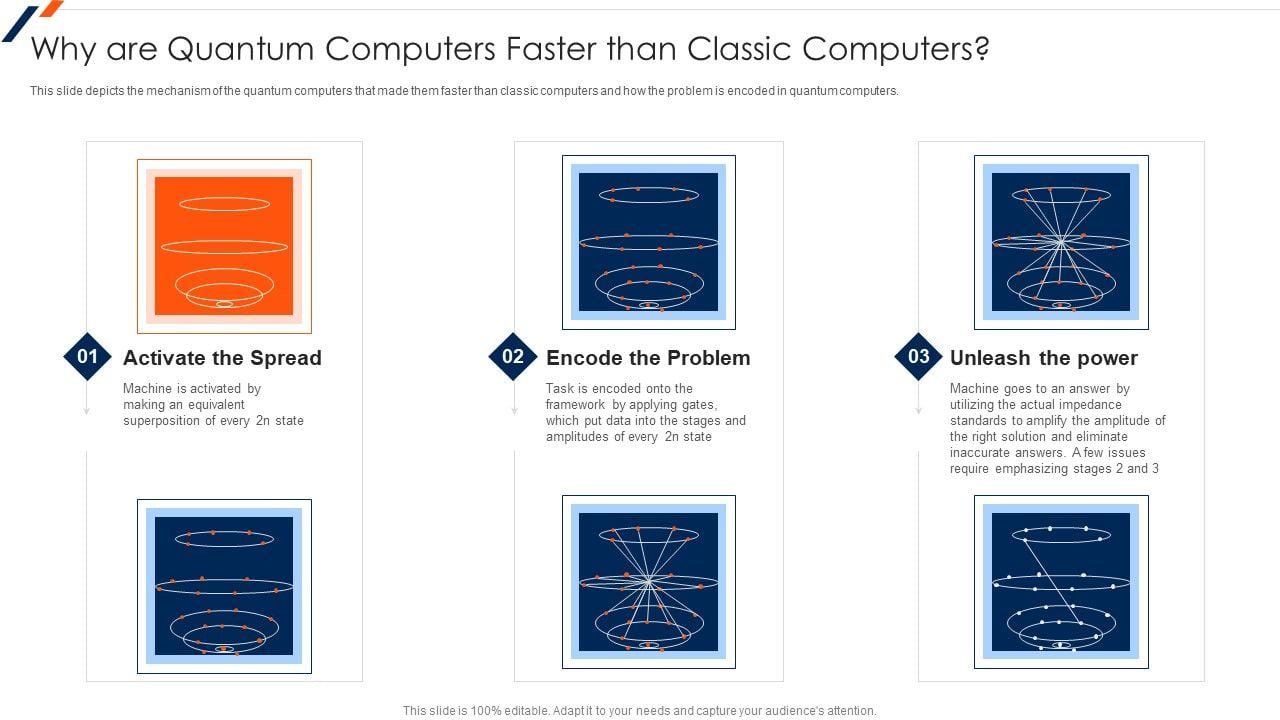In the nascent landscape of computational technology, a compelling discourse emerges surrounding the capabilities of photonic computers relative to their quantum counterparts. The genesis of these two paradigms, while deeply rooted in traditional computing methodologies, diverges significantly in their mechanisms and potential applications. Herein lies an exploration into whether photonic computers can indeed eclipse quantum computers in speed and efficiency.
To illustrate the crux of this discussion, consider the analogy of a bustling city. A quantum computer is akin to a high-speed subway system, capable of traversing vast distances in the blink of an eye, while a photonic computer resembles a network of luminescent highways, where photons — the fundamental particles of light — zip along at extraordinary velocity. Both systems are designed to optimize the flow of data, yet their methodologies reveal stark contrasts in performance and operational efficiency.
At the heart of quantum computing lies the enigmatic qubit. Unlike its classical counterpart, the bit, which exists as a binary entity (0 or 1), a qubit exploits the principles of superposition and entanglement. This allows it to exist in multiple states simultaneously, facilitating a vast computational landscape that can solve complex problems exponentially faster than classical models. However, the physical realization of qubits is an arduous task, often fraught with challenges such as noise, decoherence, and error rates that hinder the attainment of practical and scalable quantum processes.
Conversely, photonic computing leverages the inherent properties of light to encode and manipulate information. The use of photons for computation offers several alluring advantages. For one, photons travel at the speed of light, enabling ultrafast data transmission across networks. Furthermore, because they are less susceptible to environmental interference — a common pitfall for qubits — photonic systems demonstrate a greater robustness and stability. This characteristic could ultimately afford photonic computers an edge in performance under real-world conditions.
In terms of speed, the interrogation of photonic computers reveals astonishingly rapid computational abilities. Due to their capacity to harness parallelism — the ability to process multiple streams of information simultaneously — photonic systems can potentially accomplish tasks at rates magnitudes higher than traditional electronic systems, all the while circumventing some of the limitations of semiconductor technology. Moreover, as research advances in integrated photonics, the miniaturization of optical components is paving the way for more compact and power-efficient computing architectures.
However, as one delves deeper into the comparison, it is vital to consider the scope of applications unique to each technology. Photonic computers excel in tasks that require rapid data processing and real-time analysis, such as image processing, telecommunications, and even certain artificial intelligence applications. Such domains could benefit immensely from the inherent parallelism and speed exhibited by photonic systems.
Quantum computers, on the other hand, are primarily poised to disrupt domains where the complexity of the problem scales dramatically with size. Tasks such as factoring large integers, searching unsorted databases, and simulating quantum systems are quintessentially suited for quantum mechanics’s ethereal properties. The challenges posed by such problems render them impractical for classical computing yet amenable to the extraordinary capabilities of quantum algorithms.
One cannot overlook the complementary nature of these technologies. The potential future of computing may not lie in a definitive winner between the two but rather in the synergy of photonic and quantum systems. The integration of photonics into quantum architectures could yield hybrid systems that harness the best of both worlds, preserving the high-speed data transfer capacity inherent in photonic technologies while gaining the computational prowess afforded by quantum mechanics.
Thus far, the race between photonic and quantum computing has ignited considerable academic and industrial interest, propelling investment into research and development. As formidable contenders in the quest to create the next-generation computing paradigm, their paths may intertwine in unforeseen ways. Collaboration rather than competition could emerge as the guiding ethos, leading to breakthroughs in areas such as secure communication, optimization problems, and drug discovery.
In summation, the inquiry into whether photonic computers can surpass quantum computers in speed unveils a tapestry of intricate possibilities, each with its own strengths and weaknesses. Both technologies stand at the precipice of revolutionizing computation, armed with diverse applications and unique appeal. The answer, while veiled in ambiguity, paints a picture of a dynamic ecosystem where the coexistence of these advanced technologies may ultimately herald a new era of computational prowess.
In this world of hyper-complexity, where the lines between traditional performance benchmarks blur, we are reminded of the philosophical profundity encapsulated by the explorer’s journey — unearthing potential in the uncharted territories of science. The competition may be fierce, but the true victory lies in illuminating the darkness of ignorance, carving pathways for innovation that transcend mere speed, culminating in the potential to redefine the essence of computation itself.








